
According to a 2020 study published in Science, an estimated 11 million metric tons of plastic debris enter the ocean every year, endangering human food chains and marine ecosystems. Additionally, as per the Ellen MacArthur Foundation, the fashion industry is one of the biggest contributors to global trash, producing approximately 92 million tons of textile waste yearly.
As a result, more and more designers and architects are reevaluating this trash as a resource for building and design. Utilizing techniques including mechanical recycling, thermal compression, and 3D printing, ocean plastics are rapidly being recycled into furniture, facade panels, cladding systems, and modular construction components. At the same time, waste textiles, from cotton and polyester to blended fabrics, are being turned into non-structural architectural elements, acoustic panels, bricks, and insulation.
This change is part of a larger trend in building toward circular design, which mines waste streams for their material value. The design community is starting to bridge the gap between building and consumption by incorporating recovered textile waste and ocean plastics into the built environment, which offers creative material aesthetics and environmental benefits.
Parley for the Oceans is a global environmental group that targets marine pollution via creativity and collaboration. Founded in 2012 by Cyrill Gutsch, a former designer and brand strategist, Parley brings together scientists, activists, artists, and large brands to confront one of the planet’s most urgent crises: ocean plastic pollution.
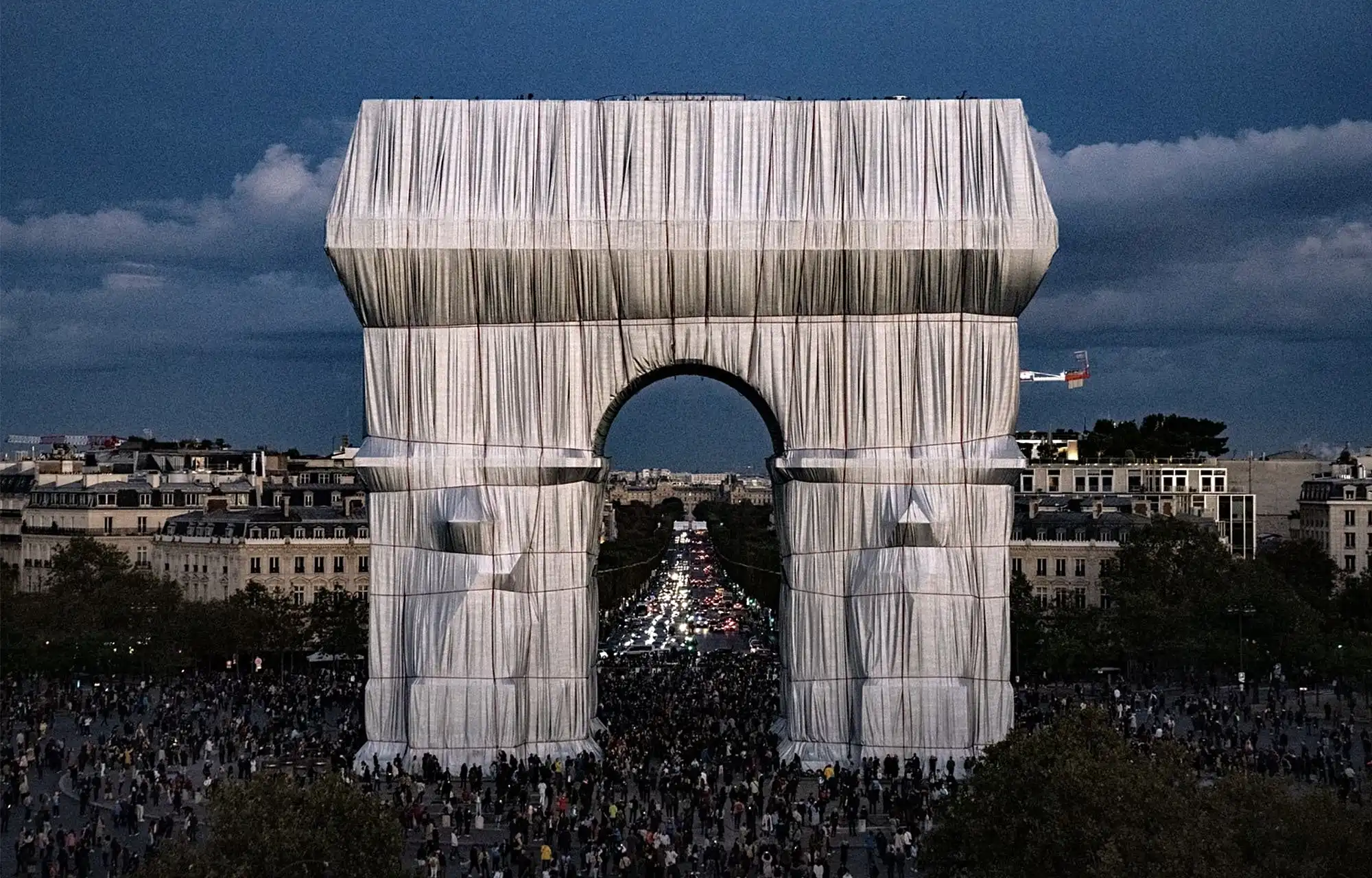
At the center of Parley’s concept is the A.I.R. strategy, Avoid, Intercept, and Redesign. The effort urges individuals and industries to avoid plastic wherever possible, intercept waste before it enters the ocean, and reinvent materials and systems to build a sustainable future. Rather than seeing plastic garbage as a burden, Parley considers it as a design opportunity, a resource that can be transformed into valuable materials and products.
The sculpture, Plasticity, is 3.6 meters tall and was created by Niccolò Casas in partnership with Parley for the Oceans and the 3D printing company Nagami. The sculpture is made entirely of Parley Ocean Plastic, a material that is recycled from marine plastic garbage that has been intercepted from isolated islands and beaches. It is a potent example of sustainable construction and design. Plasticity was first displayed at the 17th International Architecture Exhibition at La Biennale di Venezia and then at the V&A's London Design Festival 2022. It demonstrates how dangerous plastics may be digitally fabricated into lightweight, highly functional, and expressive structures.
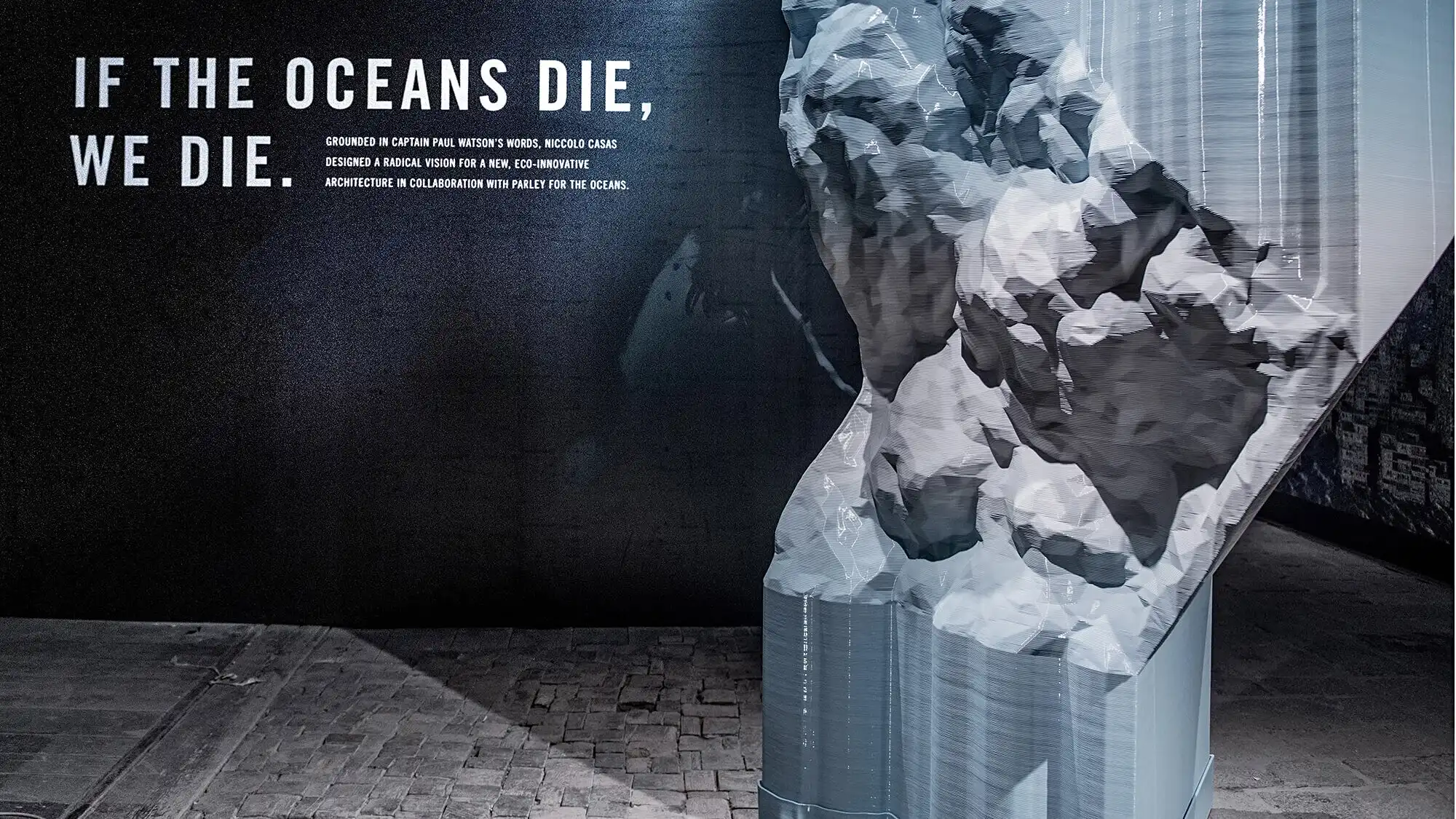
Architect Clarisse Merlet established the design and material innovation studio FabBRICK in Paris in 2018. Shredded textile waste is compressed into tiny, modular units using an eco-resin to manufacture the bricks. Because each brick provides strong thermal and acoustic insulation and requires about two to three t-shirts, it can be used for furniture applications and interior partitions. Despite not being load-bearing, bricks are popular in retail and exhibition design because of their expressive texture and circular origin.
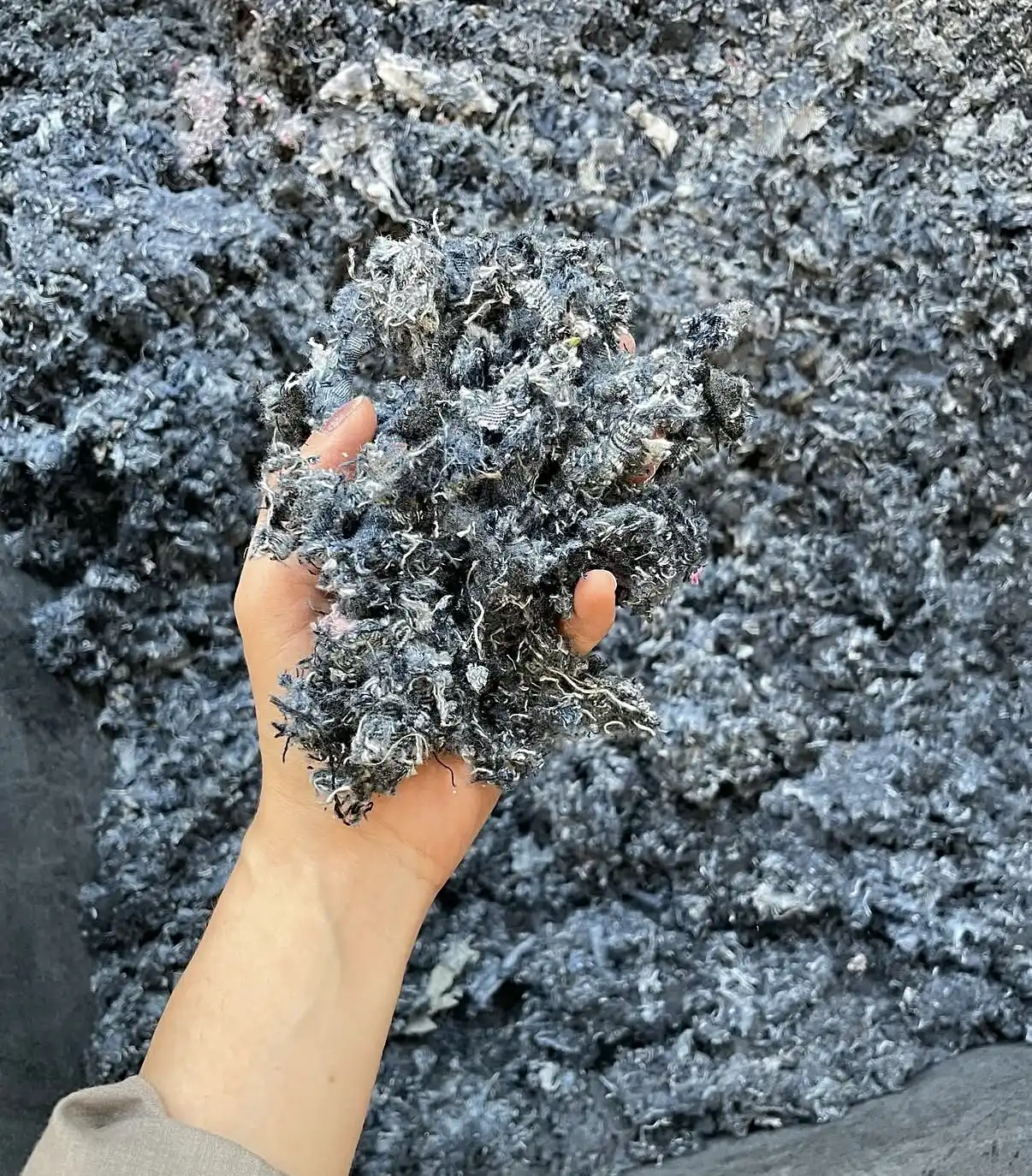
By collaborating with well-known fashion labels and organizations, FabBRICK has produced over 40,000 bricks from over 12 tons of garbage, assisting in the reduction of landfill contributions. Each item is unique and natural since the colors and textures are taken straight from the original fabrics. No additional dyes are used. The studio's work demonstrates how design can actively save waste by providing a sustainable substitute for conventional building materials.
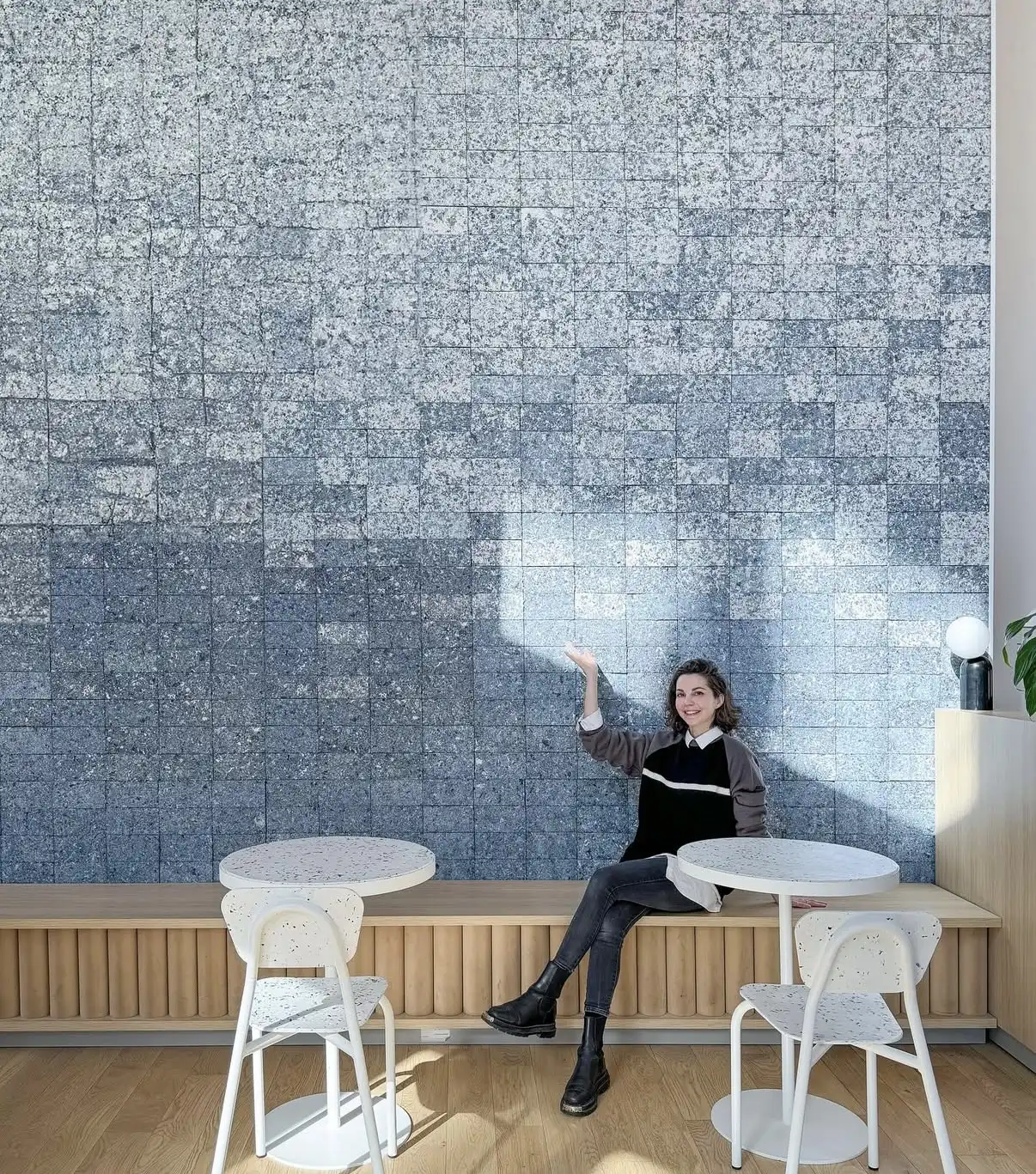
The performance of these materials must meet industrial standards, even though they may come from waste. Advances in fiberboard compression and polymer reengineering have produced waste-derived products that satisfy durability, structural stability, and fire safety standards. Low toxicity processing and limited usage of chemical binders are essential to their viability, often accomplished through heat and pressure techniques.
Businesses like ByFusion in California have led the way in the field of plastic waste by creating ByBlock, a construction block composed of unsorted, non-recyclable plastic. ByBlocks don't need cement or adhesive like regular bricks or concrete do. They are perfect for use in garden structures, acoustic barriers, and non-load-bearing walls since they are lightweight, interlocking, and thermally insulating.
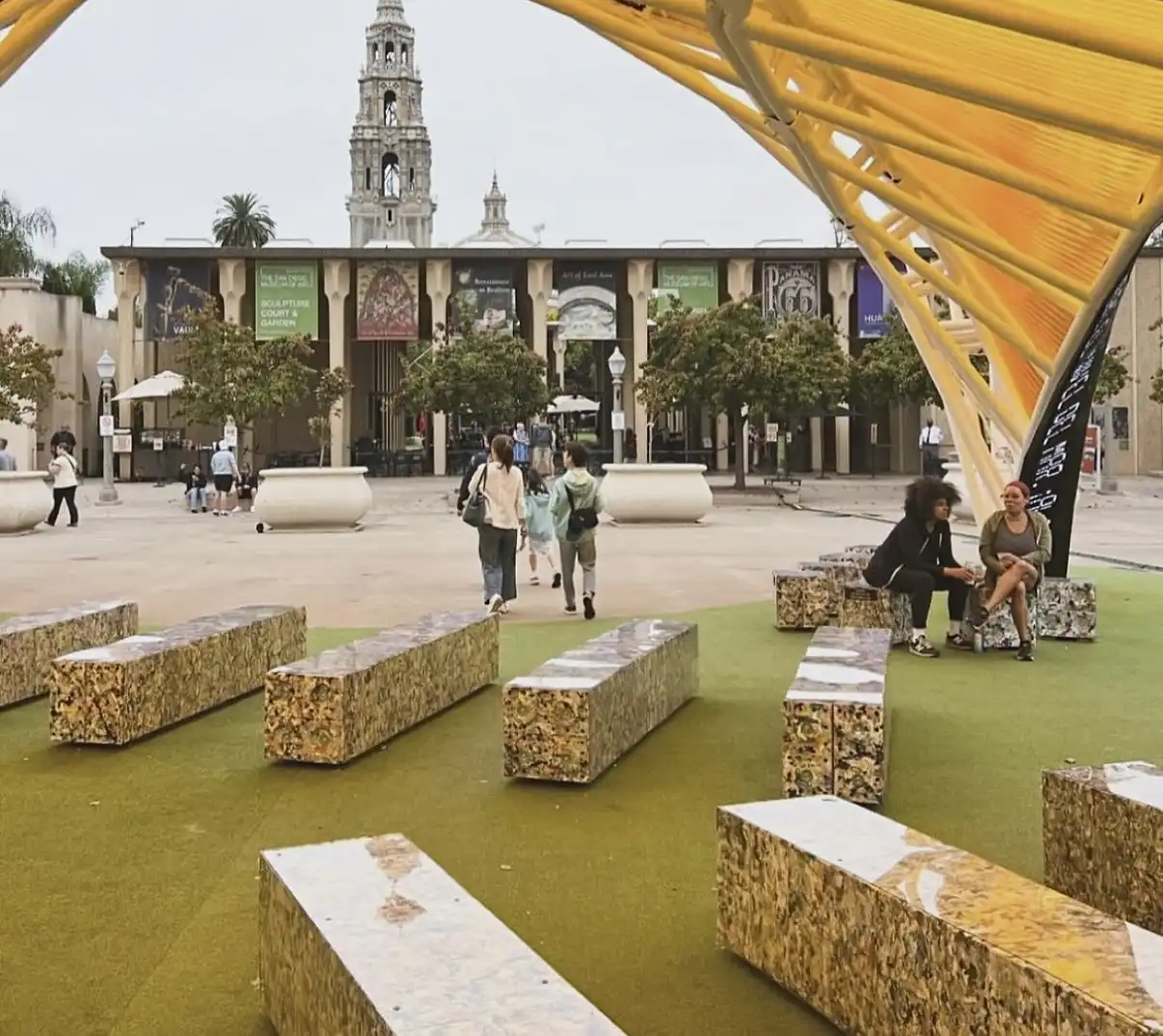
Plasticiet, a Dutch firm, has created vibrant, marble-like plastic panels using recycled consumer and industrial waste. These panels are being utilized in furniture, art installations, and retail spaces for companies like Adidas. They are just as strong and flexible as regular HDPE sheets, but they have a unique look that honors their recycled source.
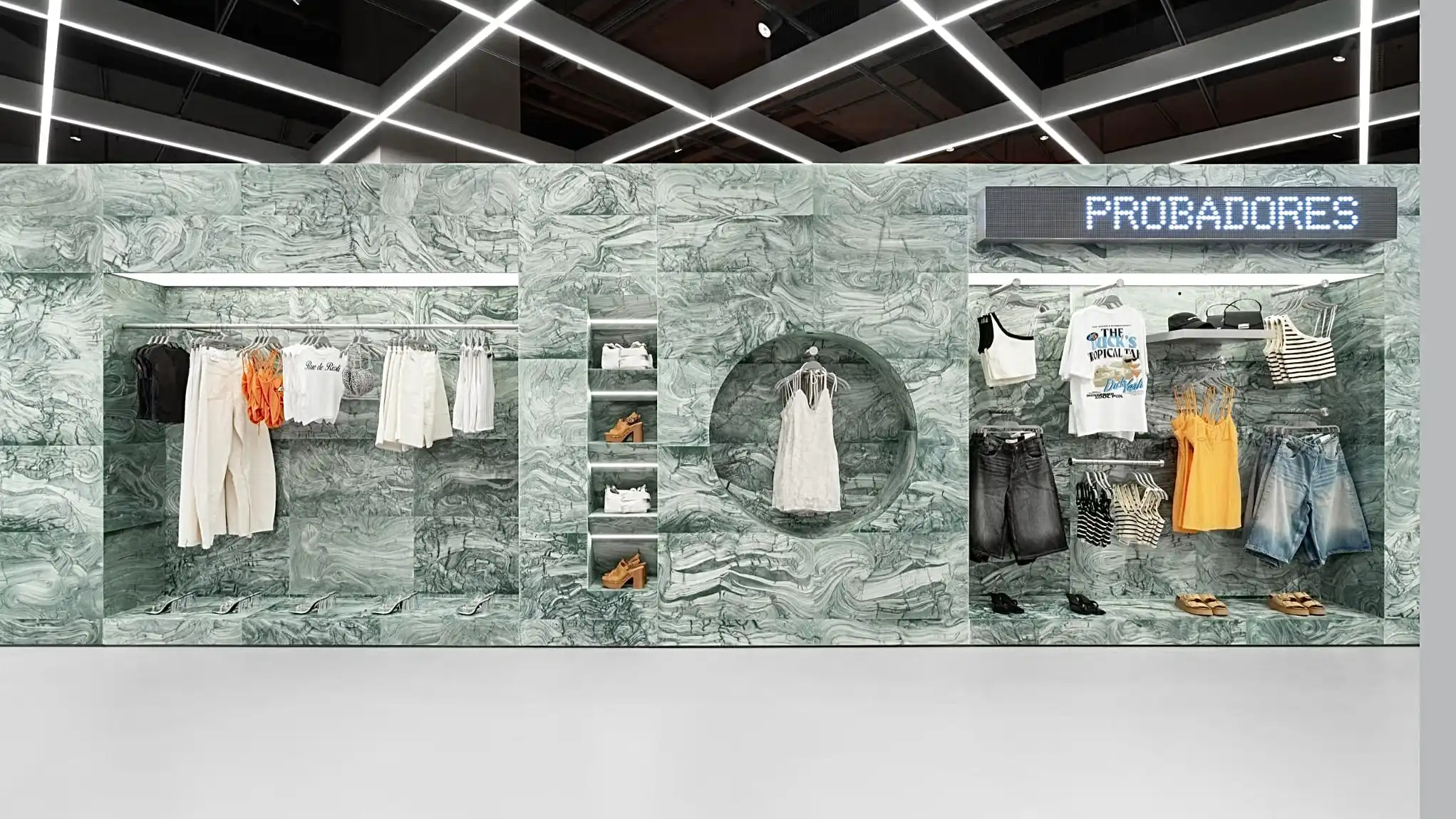
Compressed fiberboards made from used clothing provide a low-VOC substitute for MDF or gypsum in interior cladding in textile innovation. Although they are still in their infancy, these materials have demonstrated structural stability, fire resistance, and mold resistance, which qualifies them for use in commercial and educational interiors.
These days, recycled textile scraps and ocean plastics are being used in a variety of typologies, from high-end commercial interiors and inexpensive housing to temporary pavilions and exhibits. They are perfect for emergency shelters, retail settings, and adaptive reuse because of their lightweight design, adaptability, and storytelling potential.
Speculative plans for urban housing by companies like Penda and Höweler + Yoon have looked at modular homes made of waste-derived materials that are meant to be used in crowded cities or in disaster recovery situations. These initiatives seek to increase design flexibility while lowering the material footprint.
Early adopters include the retail and hotel industries. Ocean plastic panels have been used in Adidas' London headquarters and Nike's House of Innovation to convey the company's environmental commitment through design.
Utilizing trash in architecture is a social and symbolic act as well as a technological one. These resources challenge our valuation, use, and disposal systems. A wall composed of fashion waste or ocean plastic becomes a storytelling surface that displays obvious remnants of the global industries to which it once belonged.
This change is also in line with the larger movement toward a circular economy, in which garbage is a material loop rather than an endpoint. By influencing supply chains, producing at scale, and generating demand for recycled content, architects' specifications have the power to spark systemic change
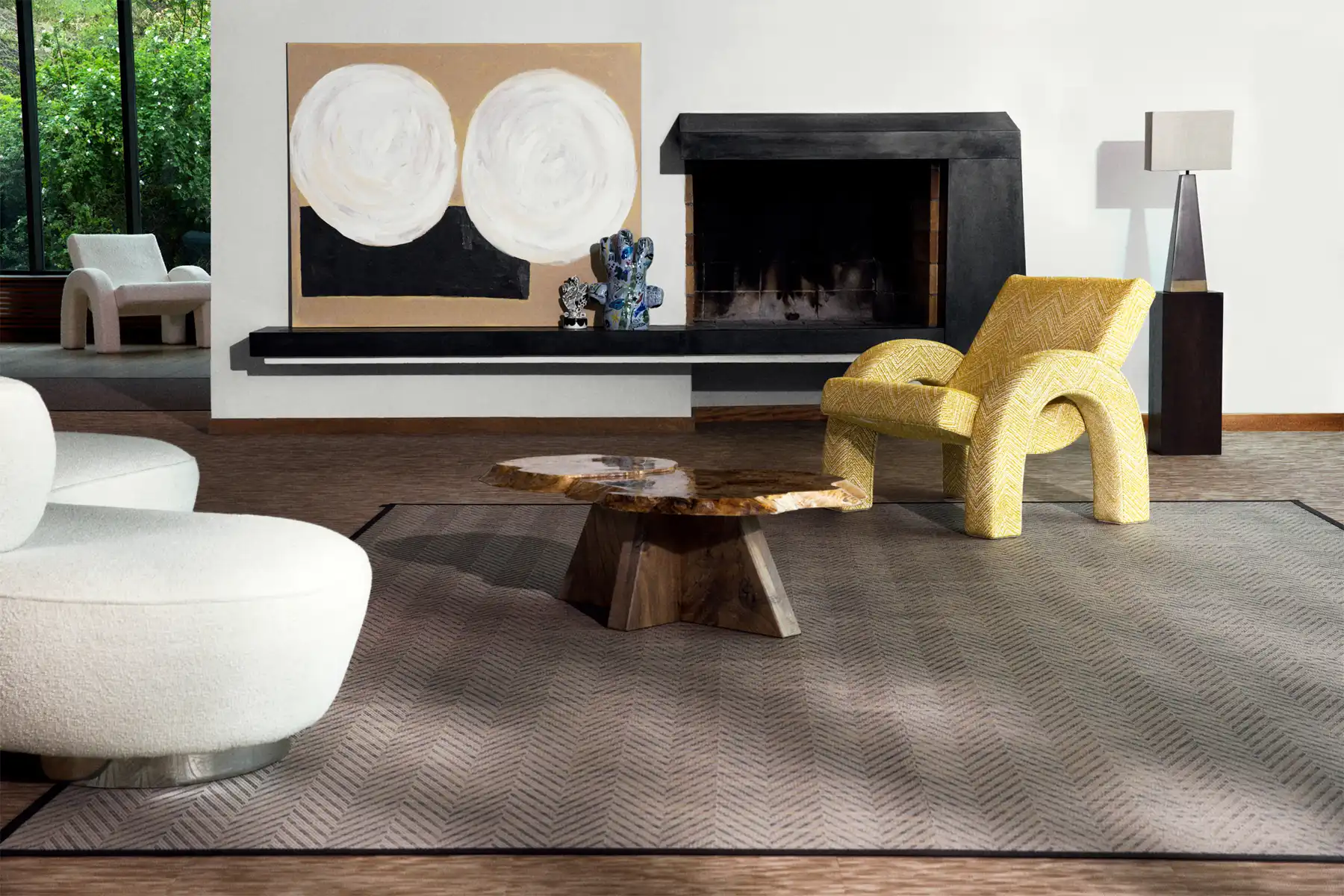
Even with promising pilot initiatives, scaling up is still difficult. Without further testing, it is challenging to employ many waste-derived materials in mainstream construction since they lack international approvals. Manufacturing is still restricted to specific regions, and it can be costly and logistically demanding to collect and treat raw material, especially ocean plastics.
Nonetheless, waste-to-material pipelines are becoming more practical due to advancements in robotic manufacturing, AI-powered sorting, and decentralized recycling hubs, and governments and municipalities are starting to invest in circular building frameworks.
To speed up this process, collaborations between academic institutions, non-governmental organizations, companies, and architectural firms are crucial. Initiatives such as Miniwiz's Trashpresso mobile recycling plant show how on-site material processing may lower embodied carbon and strengthen local communities.
Many designers are embracing the visual language of rubbish. Raw textures of compressed bricks, patchworked layers of textile boards, and swirling striations of plastic are all being appreciated for their authenticity and individuality.
This new style represents a move away from minimalist perfection and toward architecture that is expressive, flawed, and sensitive to context. Not only is it sustainable, but it also symbolizes the conflict between design, ecology, and industry.
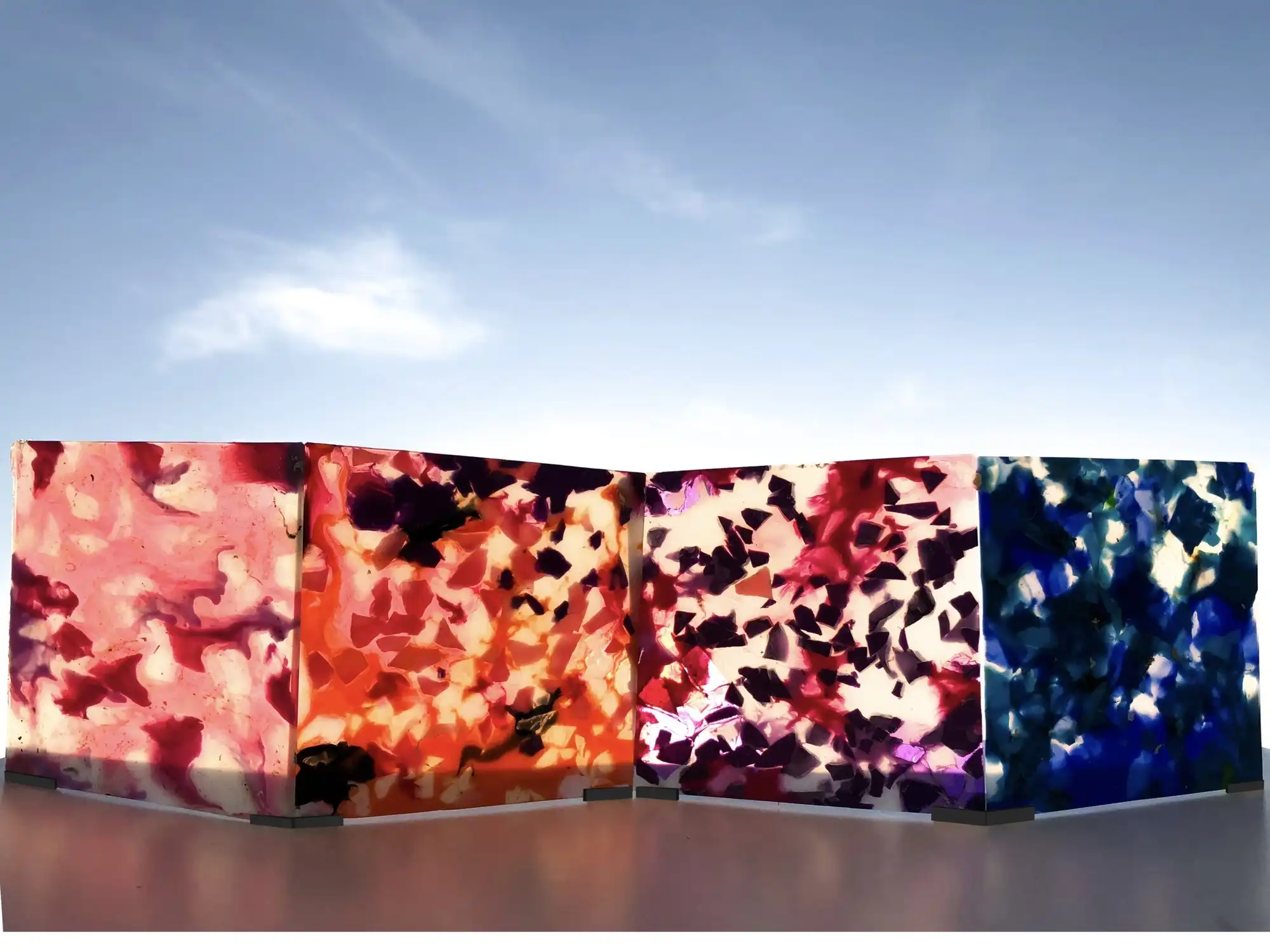
Architecture needs to consider renewable materials instead of traditional ones as the climate crisis worsens and waste systems break under their own weight. Once seen as indicators of environmental failure, textile waste and ocean plastics are now becoming agents of architectural transformation.
In addition to addressing environmental deterioration, architects are fostering a new culture of material responsibility by rethinking trash as a resource. Despite their shortcomings, these materials are strong. They carry the blueprint for a cyclical future, memory, and urgency in their imperfections.
You must be logged in to comment.